by Kim Reid
This time last year I was planning a Euro-adventure where I would attend a summer school in the Swiss Alps, attend EGU, visit Reading and the Met Office and explore some castles on the side…now my supervisor and I joke that if case numbers stay low, I might be able to visit Monash University (in the same city as me, Melbourne).
The International Atmospheric River Conference
One small positive that came out of COVID and the virtual transition was that I could go to events that I otherwise wouldn’t have been able to. The first virtual conference I attended was IARC: The International Atmospheric River Conference in October, 2020, which was going to be in Santiago, Chile. A whole conference dedicated to my sub-field.
I enjoyed meeting people whose papers I’d pored over, presenting my work and receiving valuable feedback from people who understood the nitty-gritty details of my work. We uploaded a recording of our presentations a few weeks in advance and then presented a brief summary live. After the presentations, we moved into breakout rooms for in-depth discussions. This worked well given the size and scope of the conference. The downside was it ran from midnight to 4am, AEST.


The Workshops
The CLEX workshop and BoM Research and development workshops both had live talks but experimented with the format for discussions. At the CLEX workshop, we could move around virtual tables using Remo (https://remo.co/conference/) that facilitated smaller discussions. Remo was great and practical, although the program BoM used, Gather (https://gather.town/) was more fun with its late 90s/early 00s RPG video game aesthetic. With Gather, attendees could create a little avatar and walk around the poster hall and workshop space. When your avatar came within a certain radius of someone else, their video and sound became available to you.
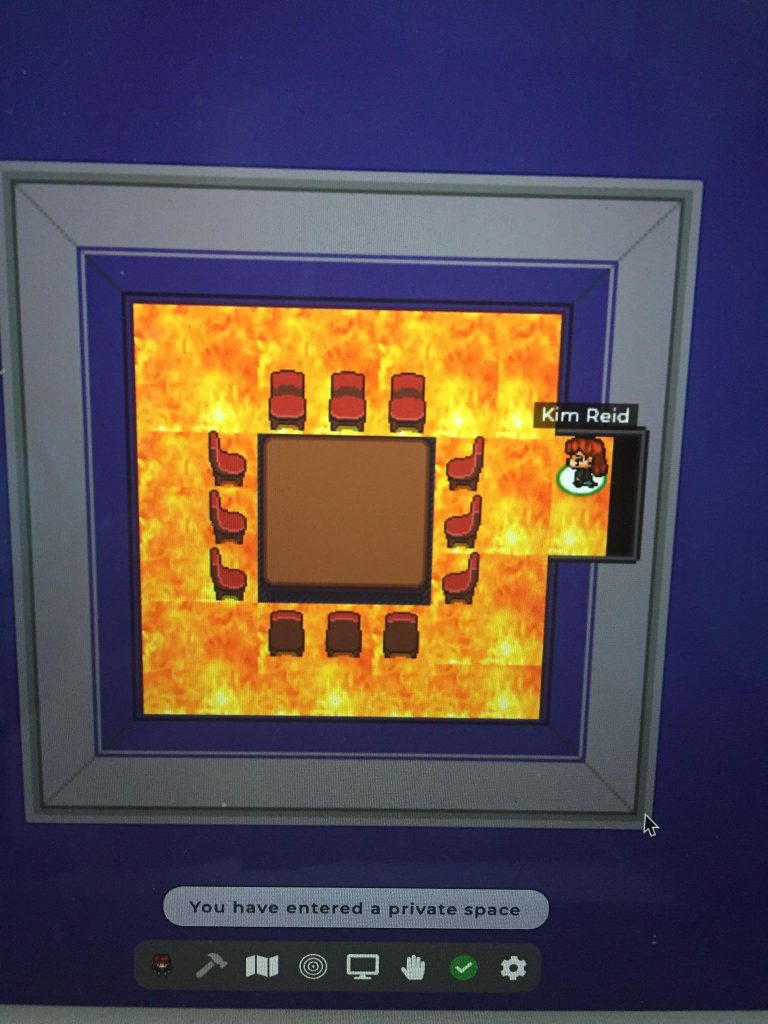
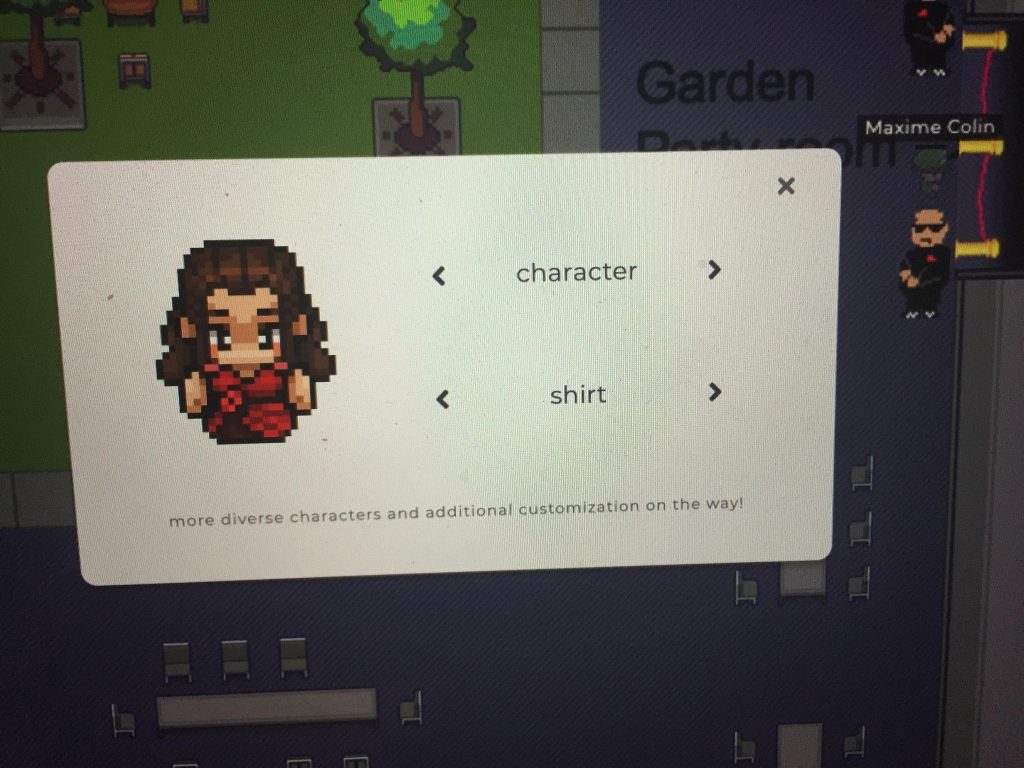
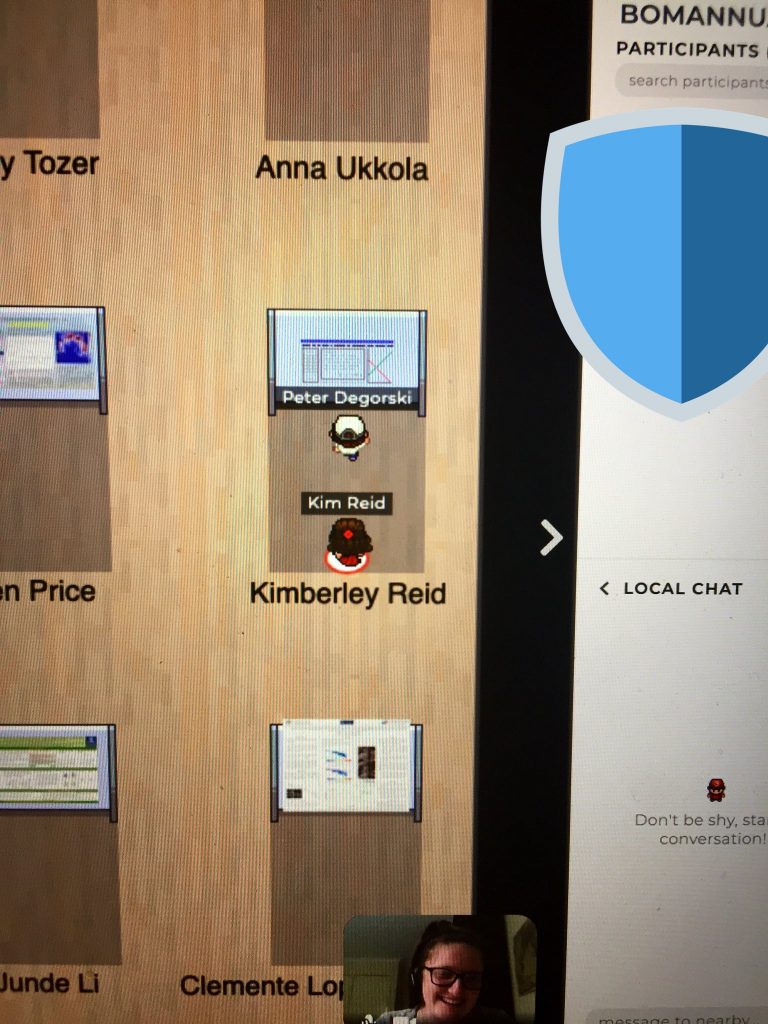
AGU
I don’t envy the organisers of AGU, which ran during most of December. Trying to convert one of (if not the) biggest conference in Earth Sciences into an online format would’ve been a monstrous task. They opted for pre-recording everything and having presenters give a brief summary live.
I found it much harder to engage with AGU compared with the other virtual conferences and workshops I attended. This may have been because there was just so much content that I didn’t know where to start. With an in-person or single-stream conference, you can’t be in two places at once, so you are forced to choose which session you want to attend. But when everything was available virtually, I almost felt frozen by indecision and the shear amount of time I could’ve spent watching presentations.
Another factor that made it hard to engage virtually in general, not just at AGU, was that you are typically ‘attending’ from your normal desk, so it’s much harder to not do other work simultaneously. I felt a weird obligation to do a normal day’s work, while attending a conference, which I never felt when I was physically in a different city or venue. Of course, you typically end up giving neither your normal work nor the event your full attention and feel guilty. Lastly, by December 2020 I, like many of you, no doubt, was running on fumes and just couldn’t engage as much as I would’ve liked.
AMOS
The Australian Meteorological and Oceanographic Society (AMOS) annual conference ran from February 8-12, 2021, with workshops during the weeks either side. The conference began with the Acknowledgment to Country from Djarra Delaney followed by participants sharing from where they were tuning in (I tuned in from Wurundjeri land in the Kulin Nation).
The RH Clarke opening lecture was delivered by Jaci Brown who spoke about the conference theme of Science for Impact and how researchers can turn their science into actionable solutions for stakeholders. Next, Jason Wilson, a Murri man, shared his work managing the Narran Lakes wetlands in northern NSW and the importance of the lignum shrubs for the health of the wetlands.
After the break, I attended the drought session where I learnt about current work on flash droughts. A fun fact I took away from that session was that the Central Pacific El Niño can be associated with a positive rainfall anomaly in parts of Eastern Australia (Mandy Freund), which challenges my previous knowledge that El Niño = dry Australia.
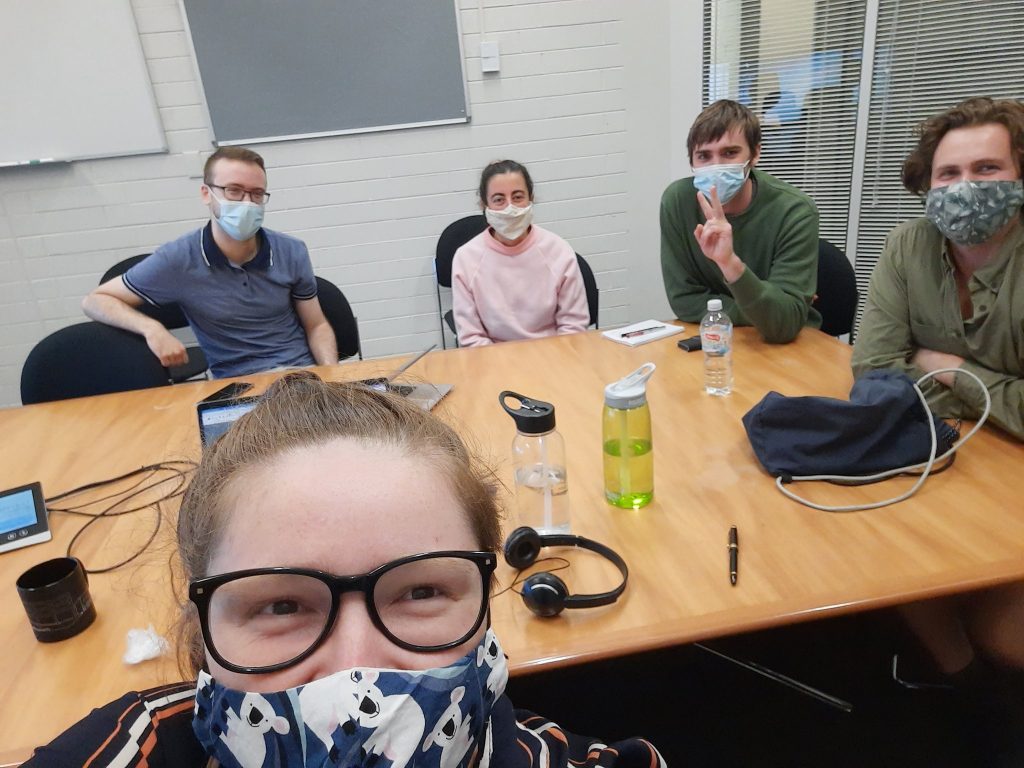
Some of us in Melbourne booked a meeting room so we could watch some talks together (almost like a real conference!). Blair Trewin’s annual plenary on the previous year’s notable weather and climate was engaging as always. I found I couldn’t recall a lot of the extreme weather events of 2020. I suspect that’s due to COVID and the Melbourne lockdown dominating the news cycle. I wonder if others felt the same?
After the break I gave my talk on some very preliminary findings on Atmospheric Rivers in Australia.
Day two was all about Ice and Oceans. Alessandro Silvano presented the Uwe Radok lecture on the global influence of ice-ocean interaction in Antarctica. Matt England, the winner of the Morton Medal, discussed recent advances in ocean-atmosphere interactions including Rishav Goyal’s study showing why zonal wave three exists (hint: it’s not because of the three continents), and if the plot of Day After Tomorrow is really possible (i.e. what impact would Greenland melting have on global ocean currents and heat distribution). Other highlights include Kate Marvel’s highly regarded plenary on effective science communication prompting Australian climate scientists to try their hand at poetry on Twitter; Scientists shared where they would rather be watching AMOS; and AMOS women were celebrated for International Day of Women and Girls in STEM.
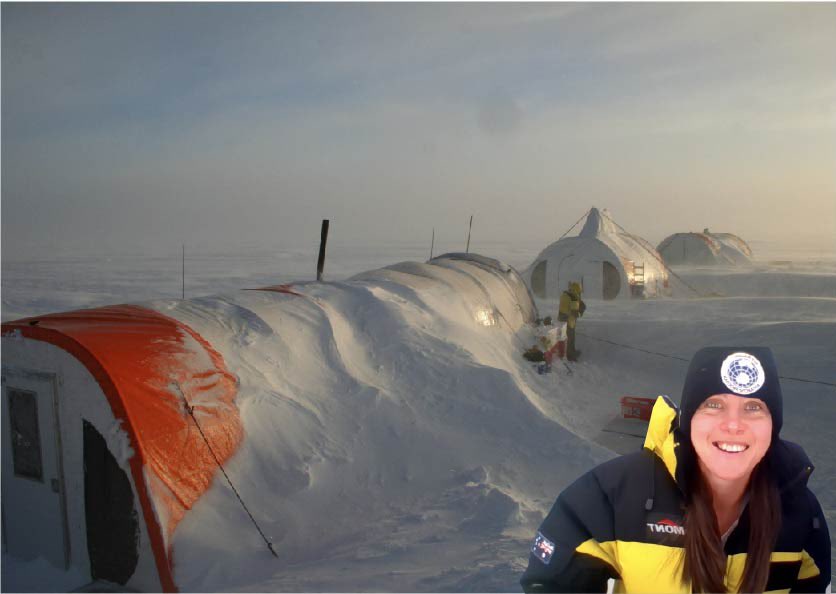
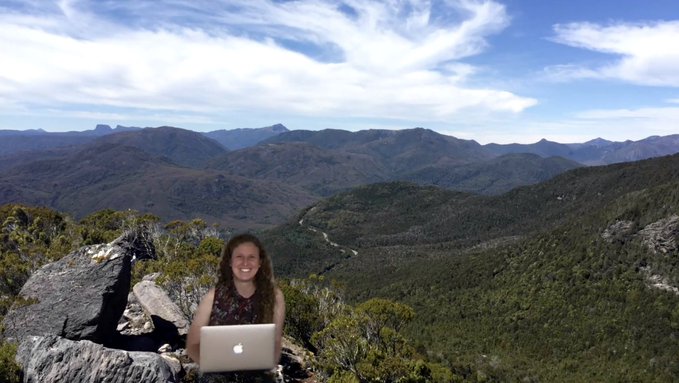
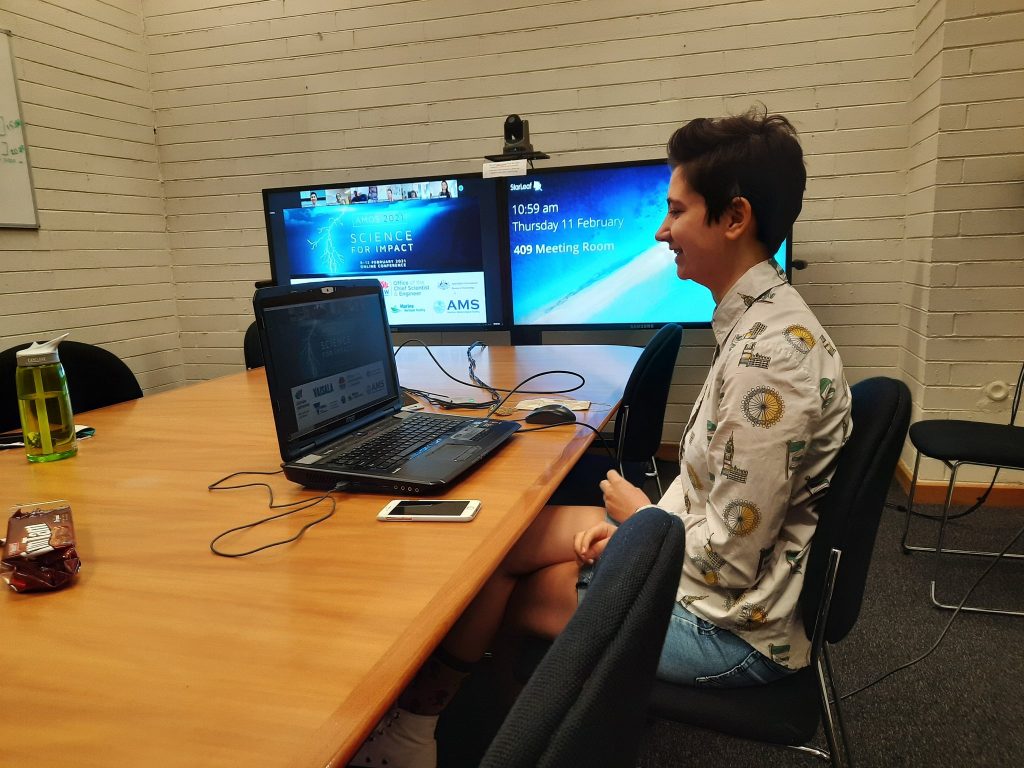
On Friday, Joanna Aldridge from IAG talked about climate change risk from an insurance perspective, and Sarah Perkins-Kirkpatrick updated us on extreme event attribution and remembered her mentor and Postdoc supervisor in the newly named Penny Whetton Memorial Lecture.
There were lots of fantastic talks and posters throughout the week, but I do want to specifically mention the students who attended their first AMOS virtually – and gave stellar presentations (like Masters student, Ruby, pictured). Hopefully next year we can see each other in person.
